9 Essential Tips to Keep Your House Clean with Cats
Cats are wonderful companions, but they can sure make your house dirty. Between the litter trails, cat hair tumbleweed, and occasional bodily fluid accidents, it’s a challenge to keep up with everything. Here are some of the best ways to keep a house clean with cats.
Cats really are some of the easiest pets to own. They’re pretty independent, don’t need to be walked every day, and keep themselves remarkably clean.
They provide soft snuggly companionship and don’t really ask a lot of their human parents. That being said, they have a natural ability to make your house very dirty.
Like most children, they don’t do a very good job of cleaning up after themselves. They leave little remnants of their presence in every space they visit.
From the floating cat hair and powdery dander to the litter granule trails, you can always tell where your cat’s been.
The last thing you want is for a guest to notice all of those little messes your feline friend leaves behind. Here are the top tips to keep your home clean with cats.
1. Recognize Common Cat Messes
Cat messes are usually pretty small but left unnoticed, they can become a huge problem. Besides being unsightly and making your house look dirty, they can put off some awful odors.
Once those smells set in, they’re difficult to get rid of. Recognizing cat messes so you can get them cleaned up quickly and correctly will help avoid the nasty odors that are bound to follow.
Here are some of the kitty messes you need to be on the lookout for.
Are you getting a new kitten? Check out our suggestions for This post may contain affiliate links. Please see my disclosure policy for details. Cats shed and the hair and dander get everywhere. Left unchecked, it can build up and create quite a mess. Cat hair piles up your furniture and gets in between the cushions. It sticks to your decor, lighting fixtures, and window coverings. It piles up behind and under furniture, sticks to your carpets, and rolls across your hard surface floors like little feline tumbleweeds. That cat hair really does get everywhere. Now that you know the major cat messes to look out for, here are the tips to keep your house clean and manageable with indoor cats. Cat litter is a necessary evil for indoor cats, but it seems to create as many messes as it prevents. It can stick to your kitty’s paws and leave stinky messes around your house. If your cat’s anything like my Maine Coon Maverick, that little stinker kicks his litter everywhere. He’s like a mini-tornado inside of that litter box, and boy does that stuff fly. Once he’s done using the litter box, he jumps out onto all of that scattered litter and tracks it through part of the house. GET YOUR CLEANING DONE DURING THE WEEK! Join thousands of VIPs for cleaning, decluttering, and organizing tips sent straight to your inbox. As a welcome gift, we’ll send you this FREE printable Weekly Cleaning Checklist that lists exactly what to deep clean in every room of your home. Cats vomit for several reasons. The most common reason a cat vomits is to dislodge a hairball. They may also vomit if they have a sensitivity to their food, are dehydrated, or have underlying health issues. Much like human vomit, cat vomit is stinky and the longer it sits, the stinkier it gets. Caution: If there isn’t a furry mess in Fluffy’s latest vomit, please see your veterinarian to rule out any health issues. Cats will pee outside of the litter box for many reasons. Some are related to medical conditions while others are behavioral in nature. Regardless of the reason, cat urine is one of the worst messes in your home. If not cleaned up quickly and properly, it can create an acrid odor that’s difficult to get rid of. The odor also causes the cat to repeat the behavior. It’s unpleasant to talk about, but a reality for cat parents. Your kitty can have bowel problems that cause little leakages at any given time, or they can do a poor job of cleaning themselves and end up tracking poo through your house. Regardless of the type of mess your cat makes, a little prevention, quick recognition, and clean-up will help you keep your house clean. Cats have accidents and now that you know what to look out for, clean them up as soon as you find them. Cat puke, poo, and urine can leave a nasty smelling odor in your home if it isn’t cleaned up properly and quickly. If the odor remains, your cats will continue to soil the same spots. Use paper towels to clean up any solids and as much of the liquid as possible. Clean the area with soap and water and blot dry. Once that’s done, spray the area with an enzymatic cleaner to neutralize any odor. The enzymes in the cleaner break down and neutralize the acids that cause the odors. The litter box can be a big source of messes and smells when it comes to owning cats. Most veterinarians recommend one litter box per cat. I think you can get away with one box per two cats if you keep it cleaned out often enough. Remove the source of the smell as soon as possible. Many cats will do their business right next to the box if the box has already been used. When I first brought my two cats home, I was scooping the litter box two to three times a day. I used a Litter Genie for the waste to cut down on escaping odors. It helped, but I got tired of scooping fairly quickly. Since I was tired of scooping, I started researching automatic litter boxes. The day I found the Litter Robot, I knew I’d found freedom. That sounds a little corny, but this litter box truly changed my cat parent life. It automatically rotates to separate the waste from the litter, dumps the waste in a bag on the bottom of the unit, then shows a blue flashing light to let you know when the drawer needs to be emptied. No more scooping! I now refresh the litter and empty the waste bag every three days. Once a month I empty the entire box, disinfect the interior, then fill it up with new litter. Voila, all done – once a month! Do you have a dog that gets into the litter box? Check out this handy door gadget to keep your dog away from the kitty litter. Most people choose clay litter because it’s the most effective and locking in the smell, but that stuff gets all over the place. Especially if your cat jumps out of the litter box right onto your floor. Litter mats can be very helpful in controlling the litter mess. I use both an extra-large mesh litter mat and a large trapper mat to control the litter mess in my house. The trapper mat helps control all of the litter that flies out of the box when my Maine Coon is thrashing it around. The mesh litter mat helps cut down on the fine litter that sticks to his paws. Even if you keep the litter box pretty clean and are able to control the litter mess, you’re still going to notice unpleasant odors when your cat is doing his business. To prevent this smell and related messes from invading the most used rooms in your home, place your litter box as far away from these areas as possible. Mine is tucked beside my washing machine in the laundry room. GET YOUR CLEANING DONE DURING THE WEEK! Join thousands of VIPs for cleaning, decluttering, and organizing tips sent straight to your inbox. As a welcome gift, we’ll send you this FREE printable Weekly Cleaning Checklist that lists exactly what to deep clean in every room of your home. The best way I’ve found to keep all of the cat hair under control is to brush your cat often with an appropriate tool. The more fur you can get out during a brushing session, the less you’ll have to worry about ending up on your furniture floors. I have a long-haired Tortoiseshell and a massive Maine Coon that were both rescue cats. They were little, adorable, and fluffy when I picked them up at the shelter, but I had no idea how furry they would actually turn out to be. They both hate being brushed, so that makes it a little more difficult. I have to wait until they cuddle next to me and settle in. I pet them for a little bit, then sneak in for the brushing. Needless to say, I have tried every brush, comb, and glove on the market for dealing with cat hair. I haven’t found a pair of gloves that work well enough to become part of our normal grooming routine. Plus, the minute my cats see the gloves come out, they move out of reach. A cat shedding tool and a good dematting comb work best with my long hair cats. They seem to cause the least pulling of the hair and remove large amounts of excess fur. Both tools are small enough that my cats don’t initially realize they’re being groomed, so I’m able to get in a few good minutes per session. Want the latest in cat treats and products? Sign up for the monthly Cat Subscription Box. Cats shed like crazy, especially long-haired cats. If you don’t stay on top of the cat hair, it’ll take over. Besides brushing your cat, vacuuming your house often is the next best way to combat the hair and dander. I do this as part of my weekly cleaning routine. A good vacuum with a HEPA filter will be your best friend. I actually use two vacuums. I use a robot vacuum set to vacuum once a day while I’m at work, then I empty the collection chamber every night when I get home. Once a week I use an upright vacuum to vacuum the cat trees, furniture, and spots that the robot vacuum can’t get into. This works really well for helping me keep on top of the cat hair and tumbleweeds. Depending on what kind of furniture you have, the cat hair can really be a problem. Leather furniture can be wiped down with a damp cloth, but most fabric and microfiber furniture will hold onto the cat hair like a magnet. To clean fabric furniture, use one of my favorite cleaning tips of all time. Use a rubber squeegee to pull all of the cat hair into a nice little pile. You can also designate specific areas for your cats to lay down by placing a towel, blanket, or pad in their normal spot. If I have a blanket lying on a piece of furniture, that’s the first place my cats will lie down. I keep specific ‘cat blankets’ just for this purpose. I also recommend using furniture covers to keep cat hair off of cloth furniture. If you’re worried about your cats peeing on your furniture make sure you select a waterproof furniture cover. Looking for a one-stop-shop for your pet supply needs, check out Amazon’s Pet Food and Supplies selections. Keep a good air purifier near the litter box location. This can greatly reduce any smells that may travel through the rest of your house. An air purifier with a good HEPA filter and UVC Sanitizer feature will make a big difference in the air quality of your home Related Article: Dirtiest Things You Should be Cleaning but Aren’t Cats are the most common house pets in the US and have been proven to reduce stress and heart attacks in people who own them. Keep that stress level down by following these tips to keep your house clean with cats.Cat Hair and Dander
Litter Granules
Vomit
Urine
Feces
2. Clean Up Kitty Accidents ASAP
3. Keep the Litter Box Clean
4. Prevent Litter Granule Trails
5. Keep the Litter Box Away From Main Living Areas
6. Brush Your Cats Often
7. Vacuum On a Regular Basis
8. Protect Your Furniture
9. Purify the Air
Keeping Your House Clean with Cats


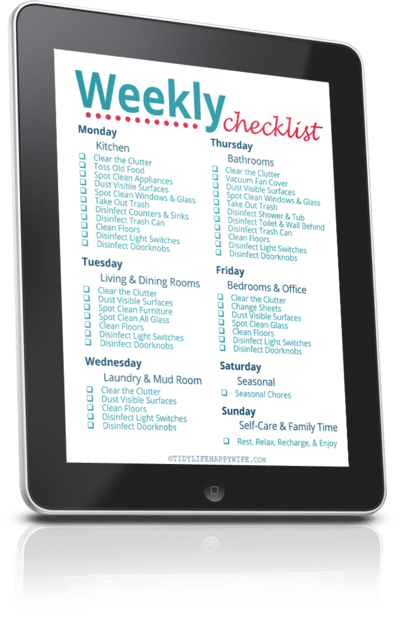
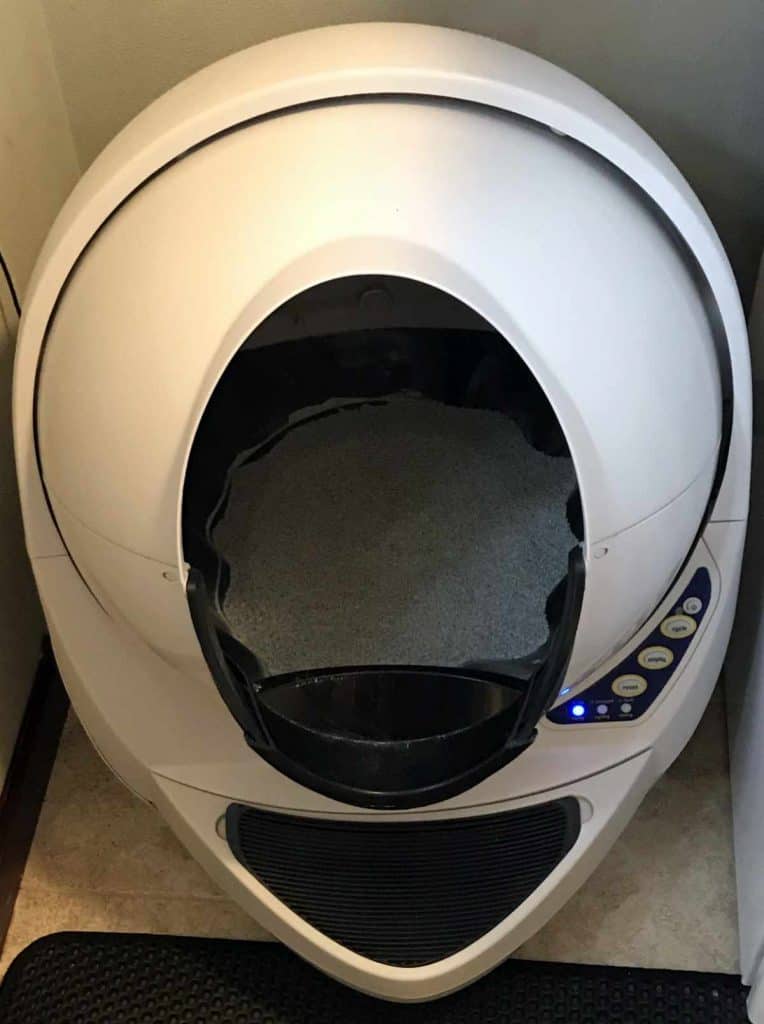
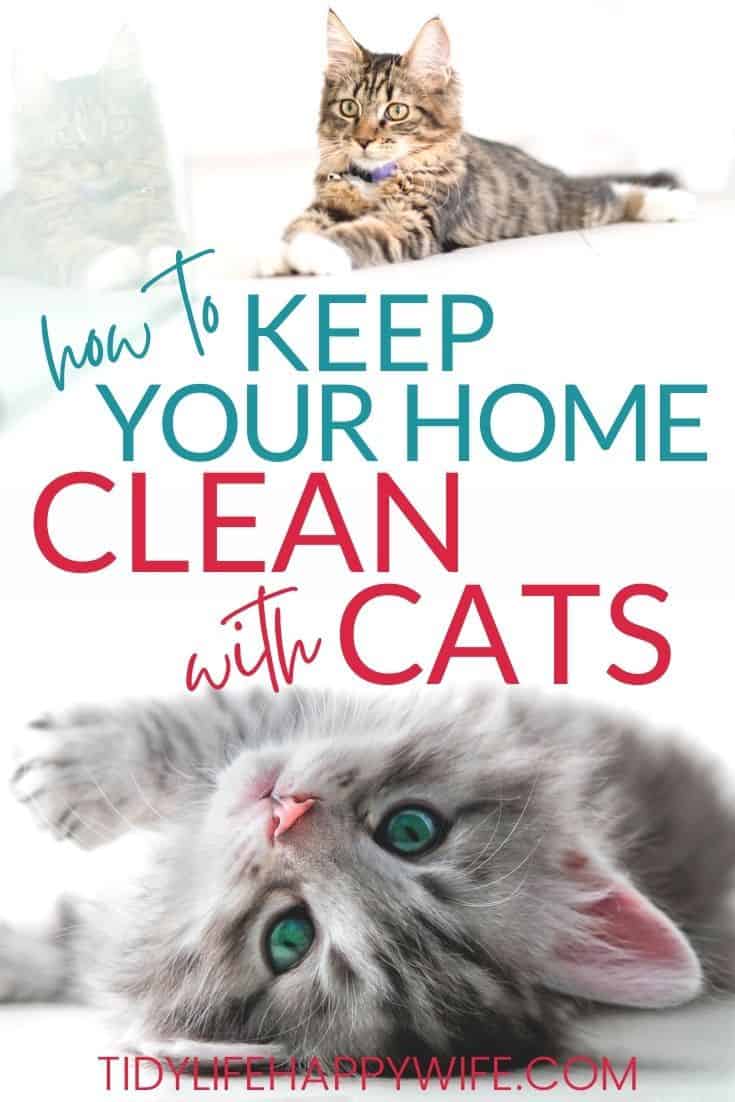
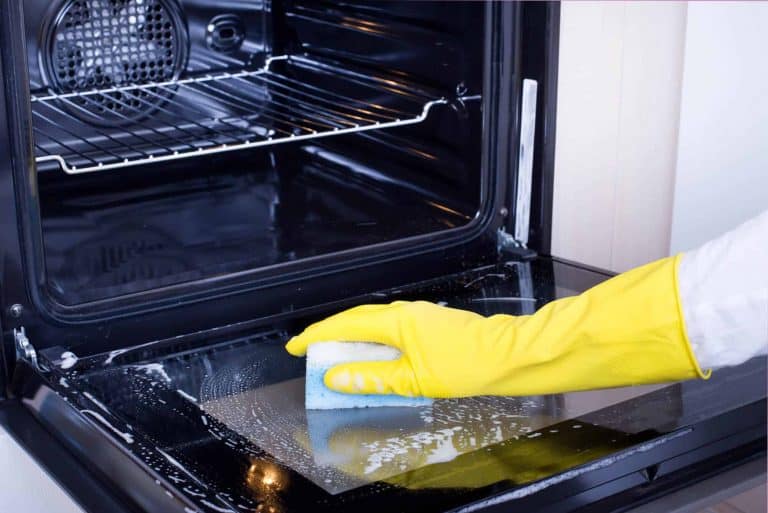
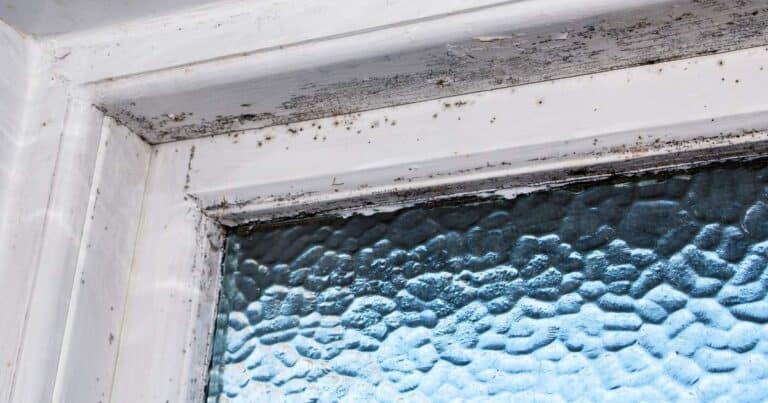
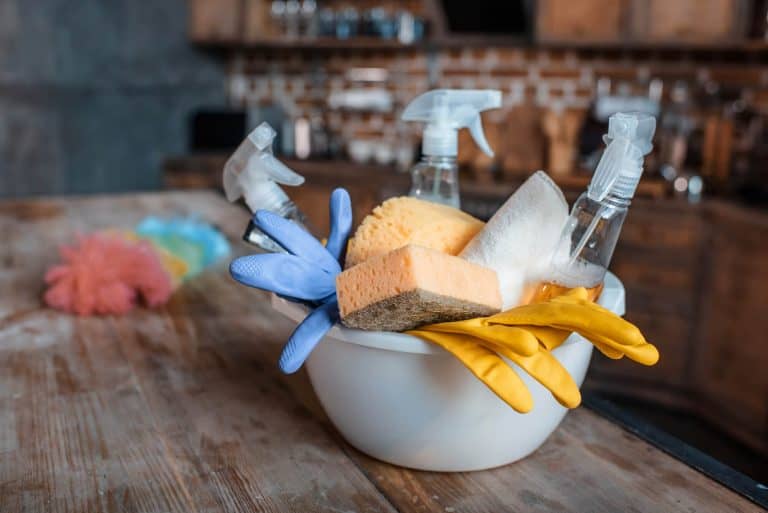


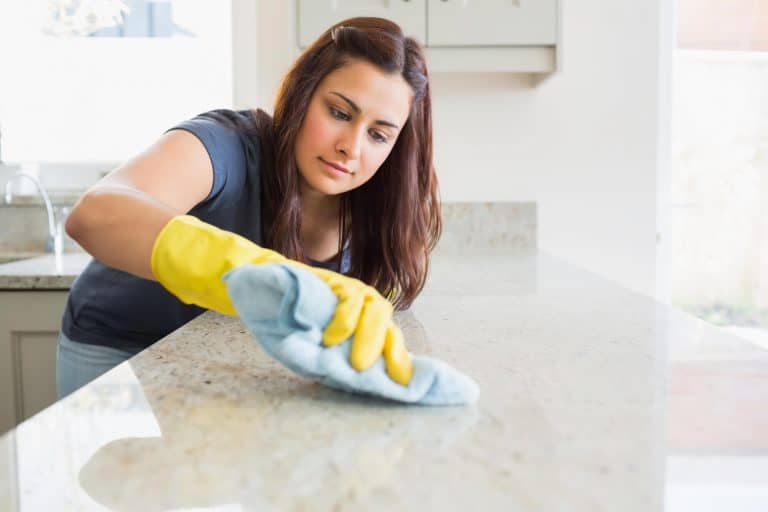
THANK-YOU!!! VERY HELPFUL!
My pleasure Jackie. Glad you enjoyed it.